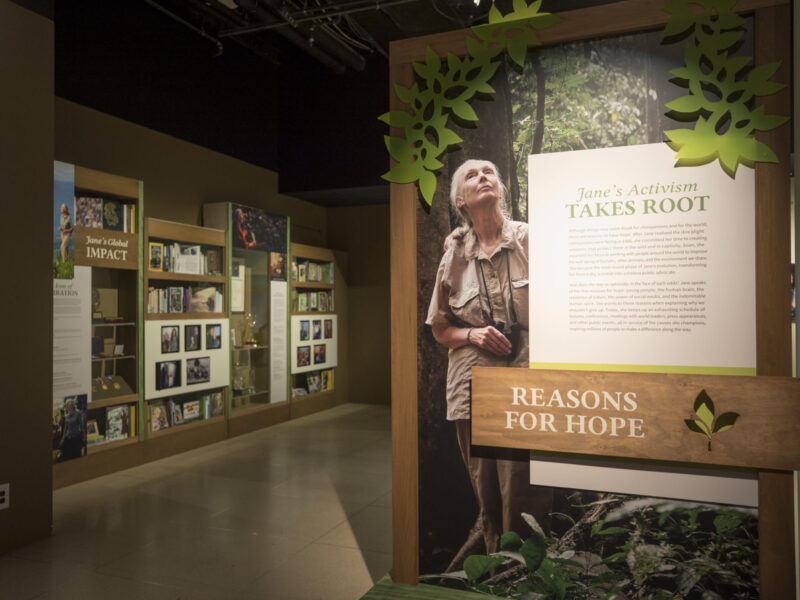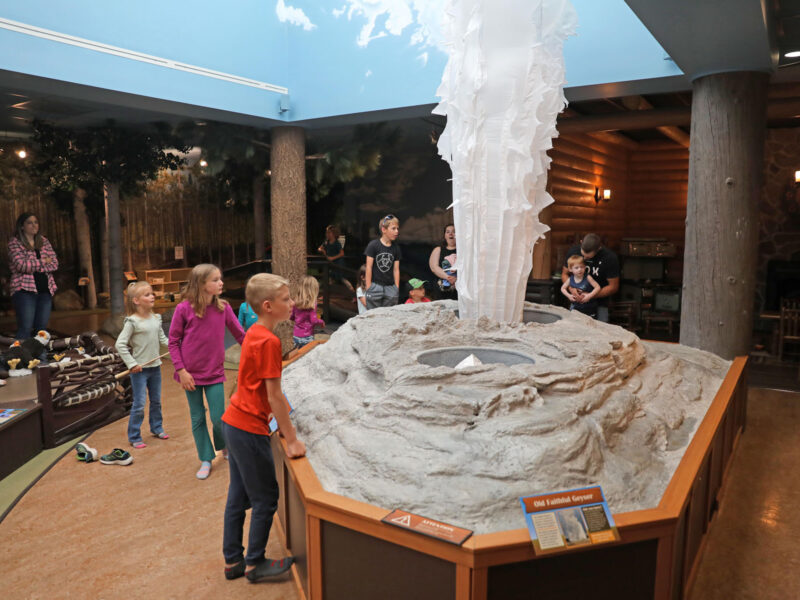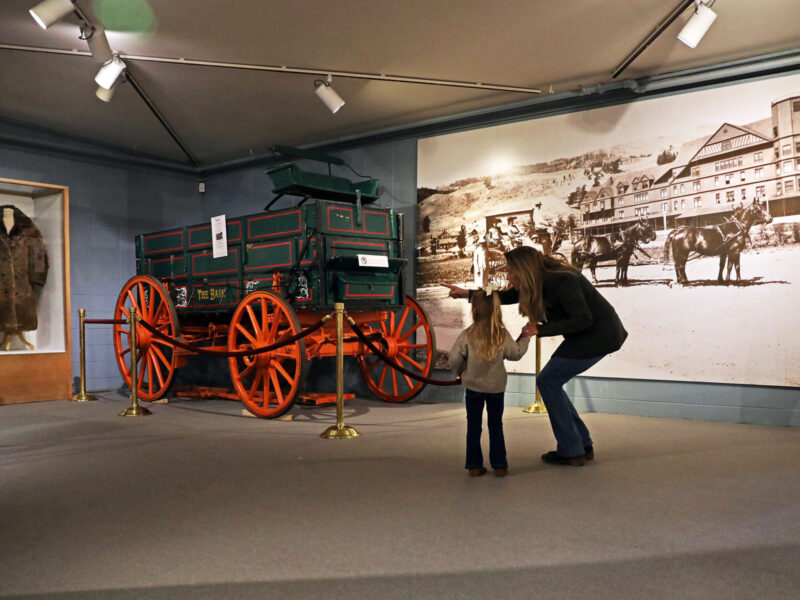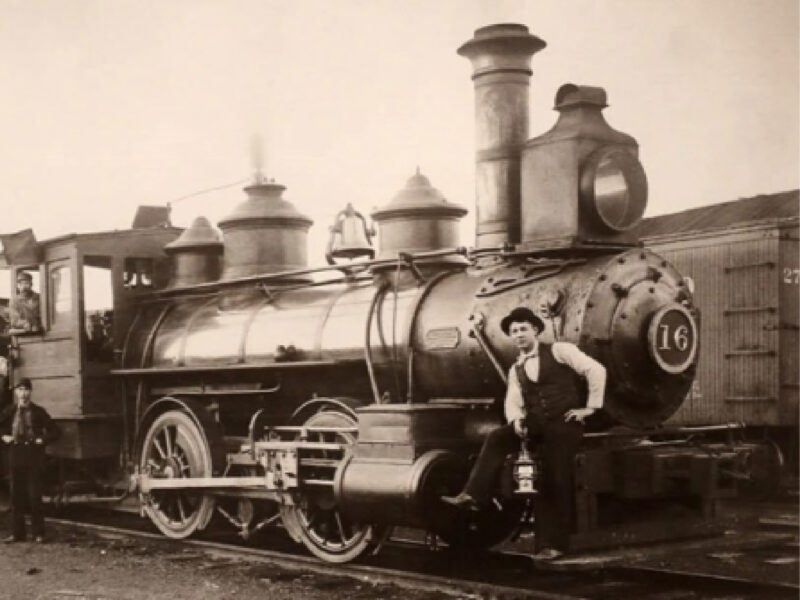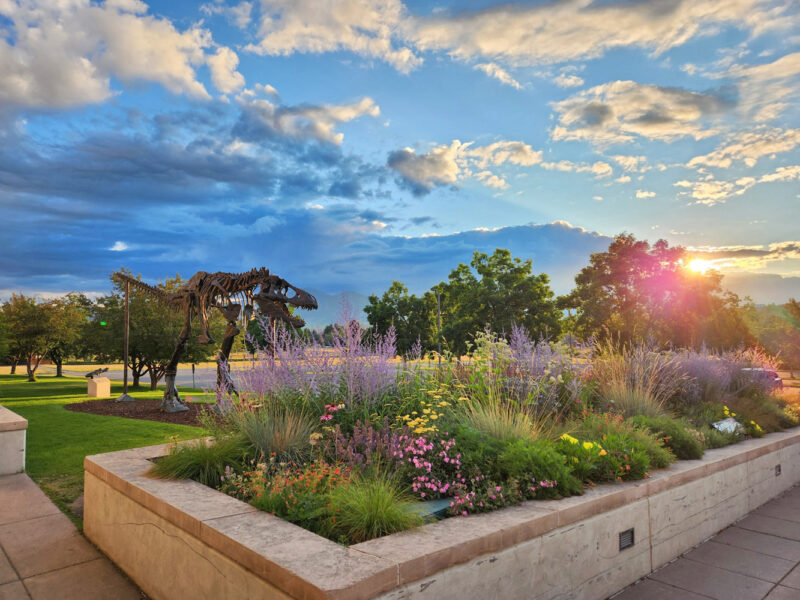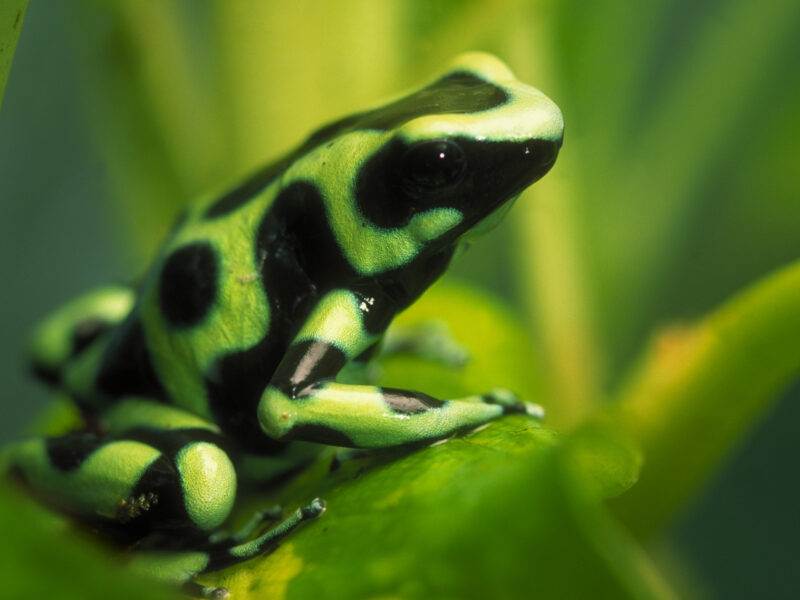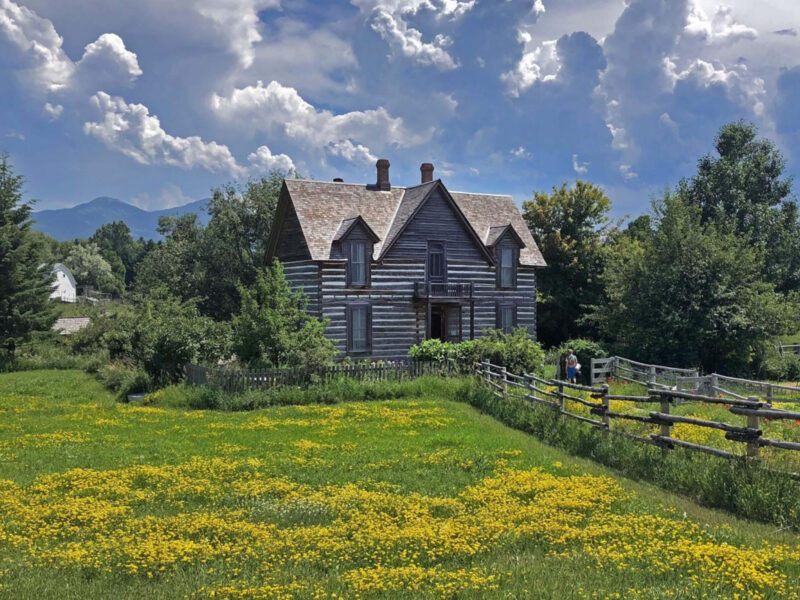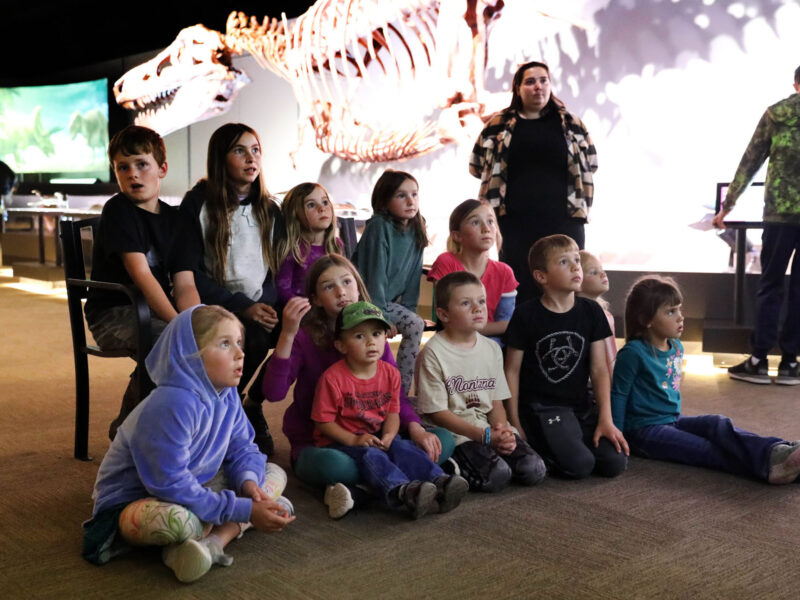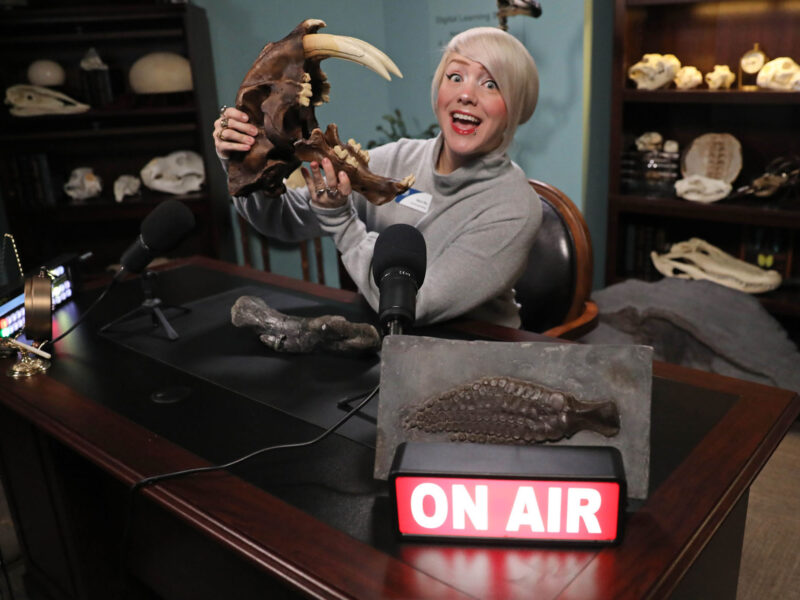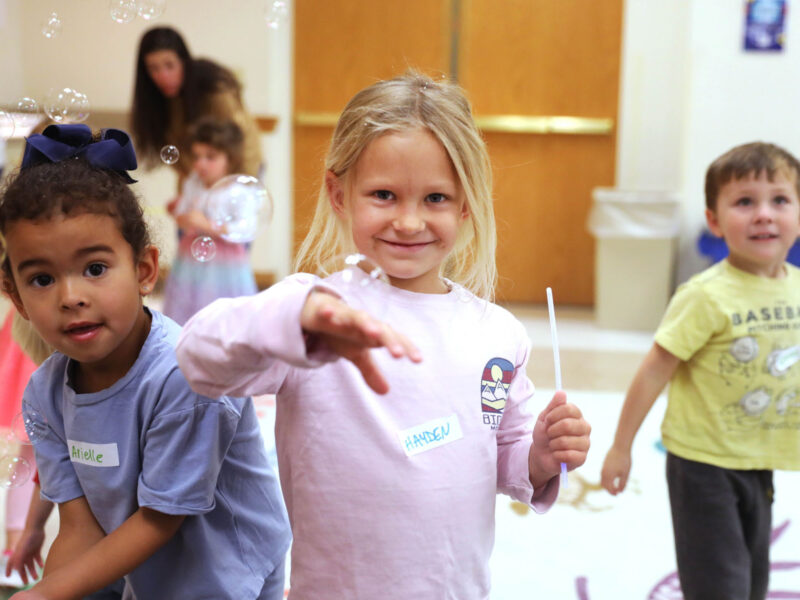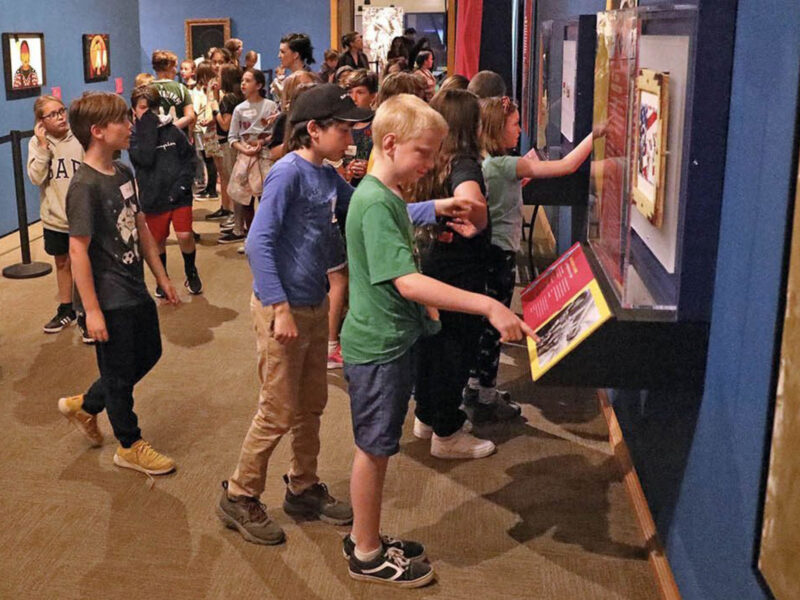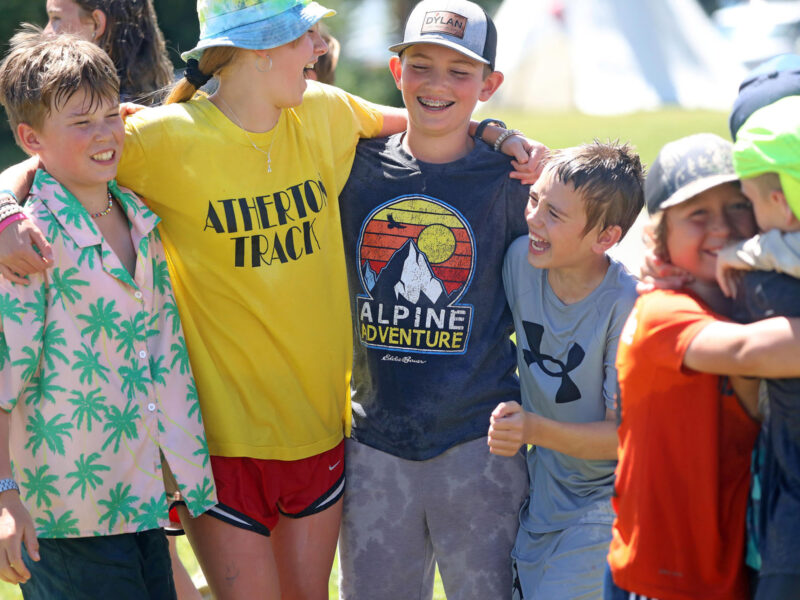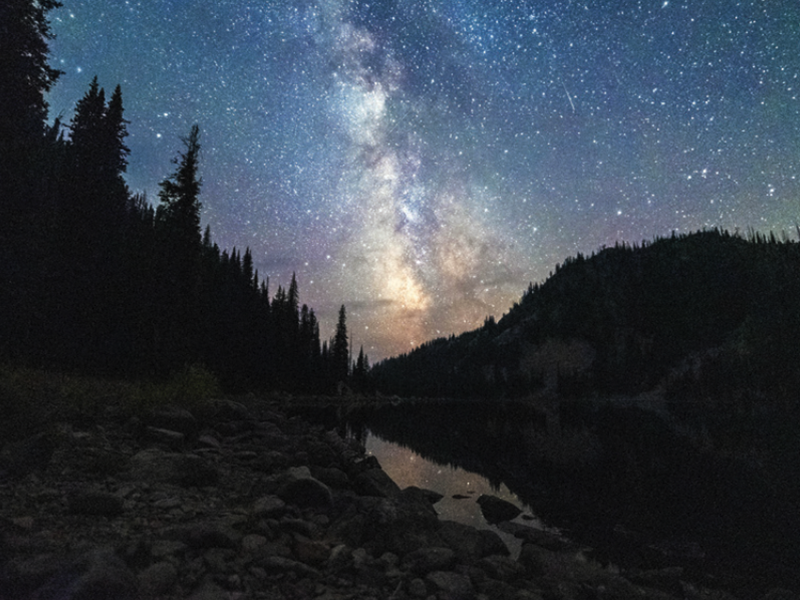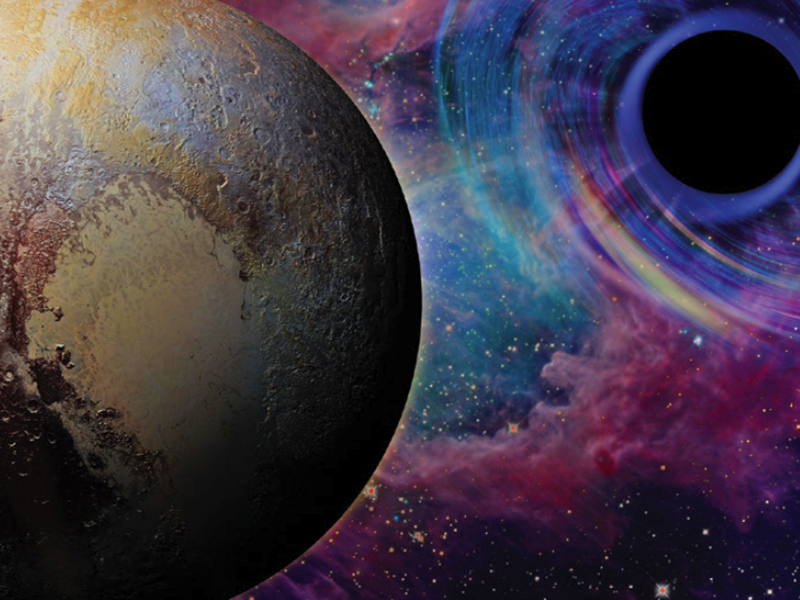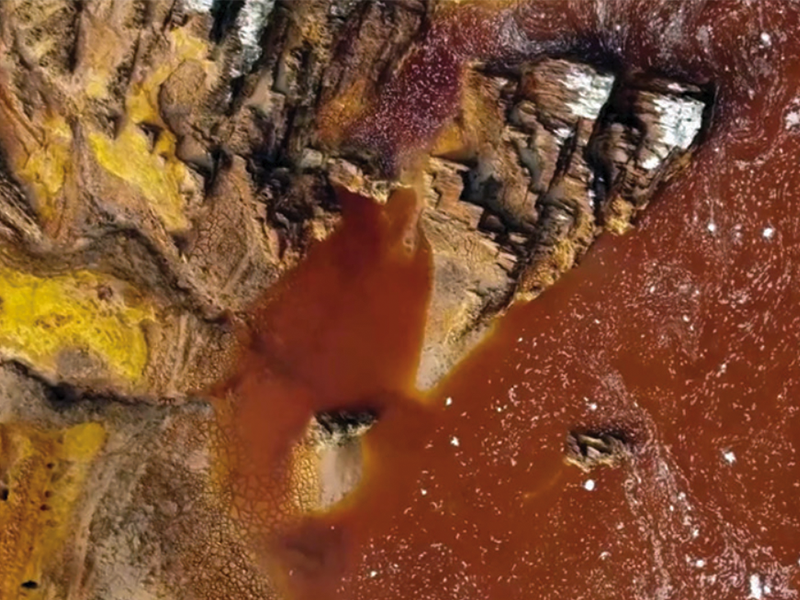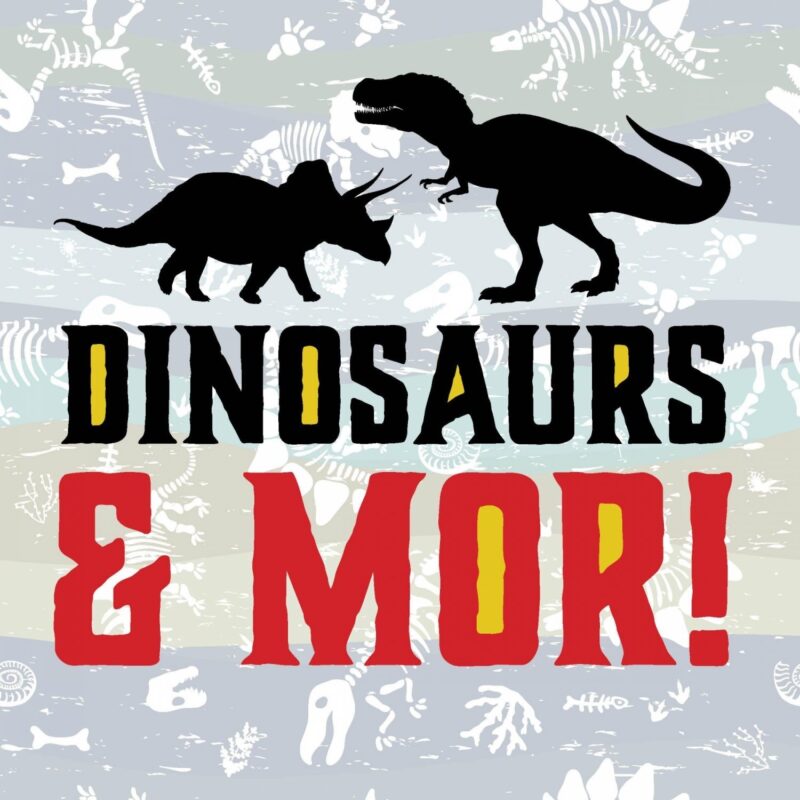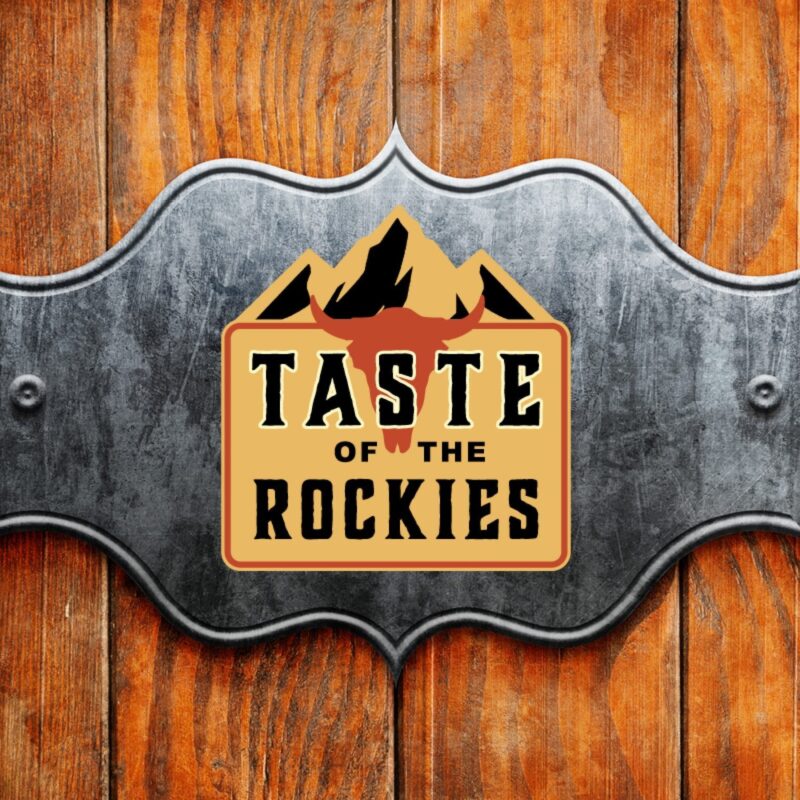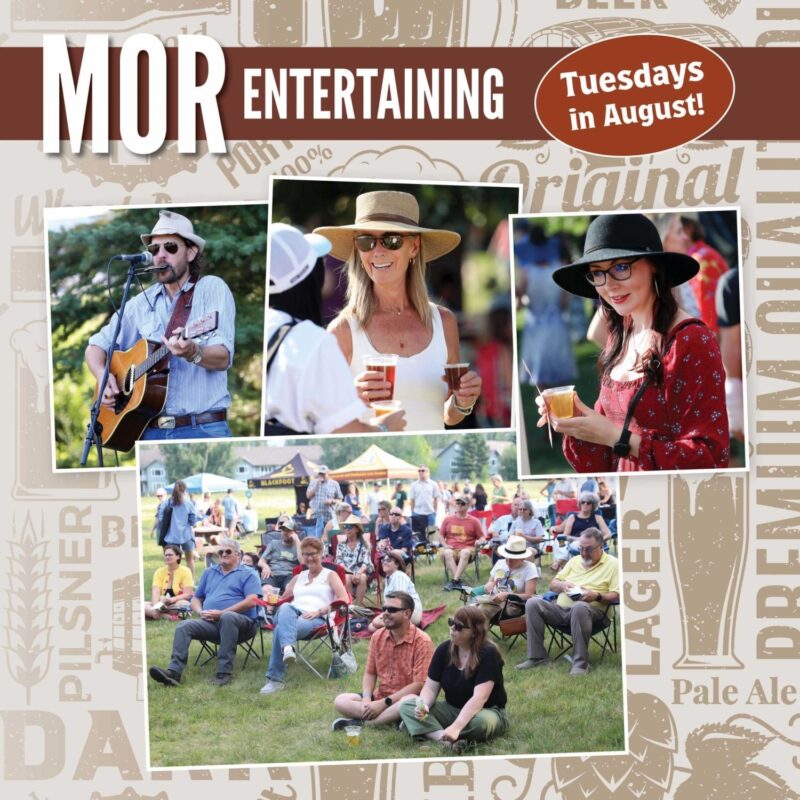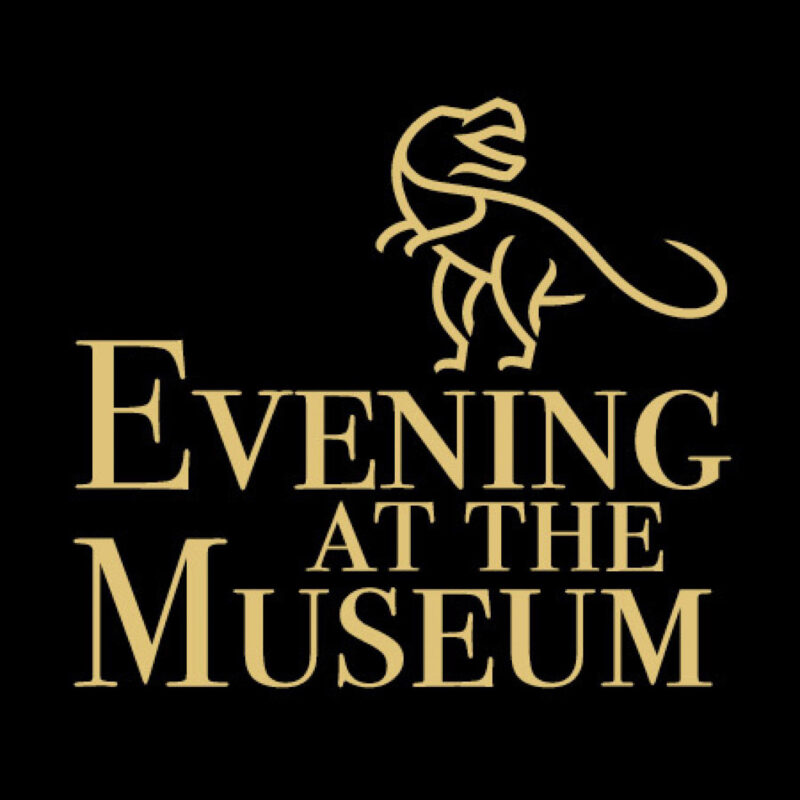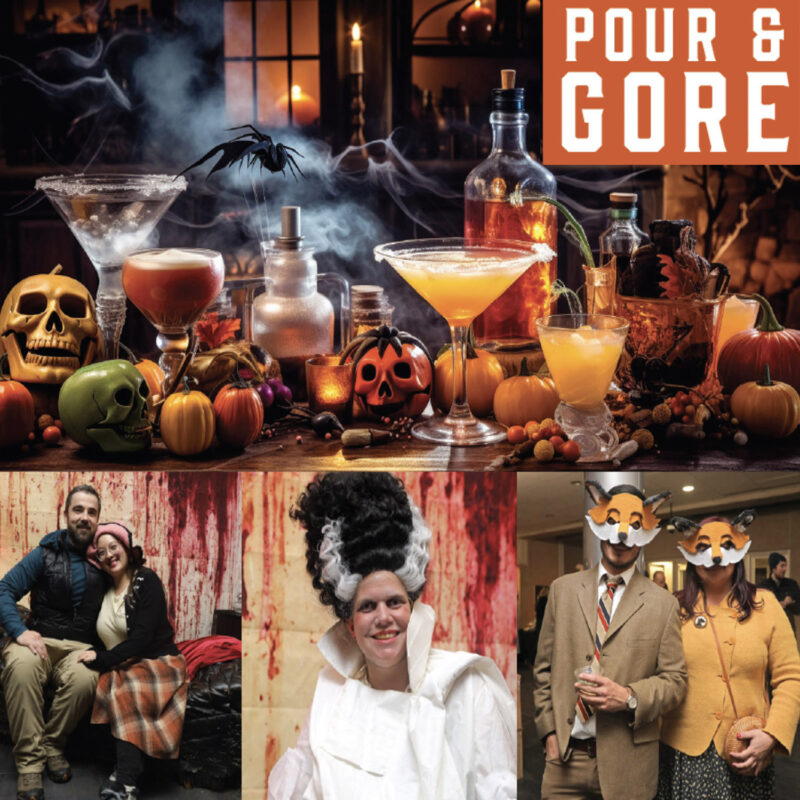What Is Museum of the Rockies?
Museum of the Rockies (MOR) is an independent 501(c)(3) institution, college-level division of Montana State University, Smithsonian Affiliate and one of the leading natural history museums in the United States. Located in Bozeman, Montana, the museum inspires curiosity and learning through world-class exhibitions in paleontology, cultural history, science, and astronomy, engaging visitors of all ages.
A World-Class Museum in the Northern Rockies
Museum of the Rockies is internationally recognized for its research, collections, and immersive visitor experiences. Highlights include:
- One of the most extensive North American dinosaur fossil collections in the world
- The Taylor Planetarium, featuring immersive science and astronomy programs
- Engaging exhibitions that explore Montana’s history, Indigenous cultures, and landscapes
- Dynamic educational programs for students, families, and lifelong learners.


